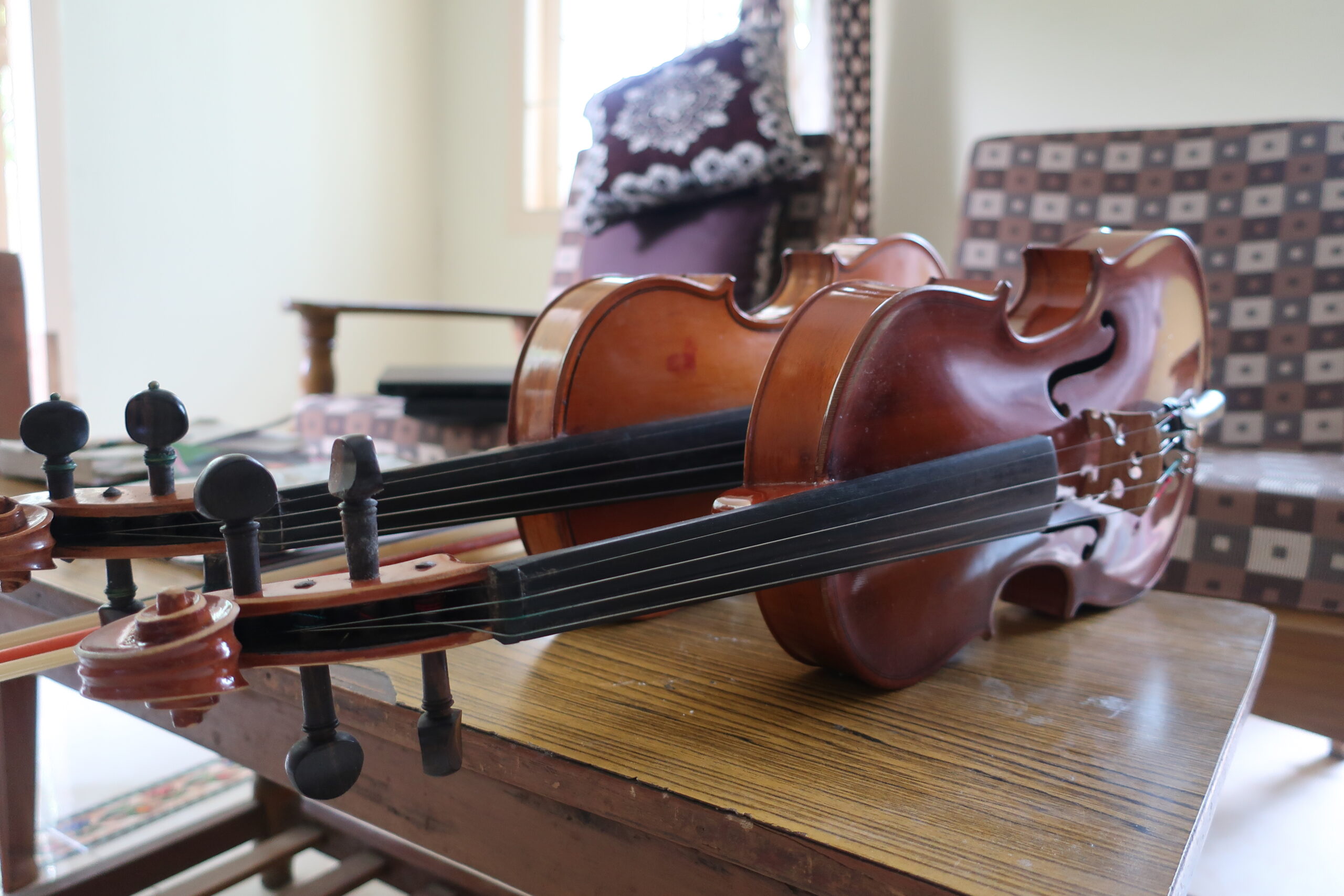Carnatic music, or better known as karnāṭaka saṅgītam is something that I can talk about. Certainly not from a position of authority, but the capacity of a connoisseur. For a system of music that is commonly associated with South India, it would be an understatement to say claim that it has spread its influence all over the world. Steeped in Sanātana Dharmā , this form of music remain relevant today as much as it did in times past. While its northern cousin – Hindustani music managed to sponge up some of the Persian influence that came it’s way, Carnatic music, in my opinion, managed to remain largely insulated. Whether it is to its detriment, I cannot say. I would be however inclined to refer to the saying “the more, the merrier” if I had to opine!

Carnatic music constitutes four key elements – tālam, referring to the metre, or a grouping of beats, swaram referring to the single note, Śruti referring to the musical pitch, and rāgam, referring to the rules which constitute a melody. While all four of these elements are essential for any musical piece, I would be limiting myself to rāgam here. There would be rasikās (connoisseurs) who would invariably have their favourite rāgas, hardly any who would admit they have a favourite tālam. While the rāga system has always been quite complex for me to comprehend, I did understand that there are mēḷakarta ragas, which contains all 7 notes in their scales and are 72 of them in the Carnatic music system, and these 72 rāgas become parent ragas for janya rāgas, which are derived from the mēḷakarta are many. With the preamble out of the way, let’s talk about one of the most bewitching rāga – Dwijāvanthi. I put this out in the world knowing that it is highly unlikely that any two of us would have the same favourites; such is the agony of choice.
Dwijāvanthi finds its roots in Hindustani music. Dwijāvanthi is a janya rāga of 28th melakartha rāga Harikāmboji, and finds itself in good company with other melodious rāgas like Mohanam, Dēsh, Sahāna, among others. A rāga seldom used in the Carnatic tradition, it conveys an emotion of intense happiness, primarily due to devotion. From what I have noticed, the compositions with this rāga are usually sung at a slow, relaxed pace, allowing us to sway with the song. As this rāga has been sparsely used, the compositions that do exist stand out. Periyasāmi Thooran, a patriot, poet and pundit of Carnatic music composed the bewitching piece Engu Naan Selven Ayya. In this slow composition, Periyasamy Thooran asks the lord śaṅkara where he would go if he is rejected by him while describing his beauty and extolling his virtues. Listen to this song in Tamil is sung by Bombay Jayshree here.
Swathi Tirunal, the erstwhile Maharaja of Travancore, composed the Padam (a rhythmic composition), Tharuni Nyaan. I would disagree with anyone who says there could be a better raga to complement this composition. In this song, the heroine is in the pangs of separation from her lover, Padbhanabha Swamy. She pours her heart out to her girlfriend as the anxiety and distress due to separation (virāha tāpam) torments her. She asks her friend to carry the message to her lover, later realising that her love might not be reciprocated. Ramakrishna Moorthy, someone I learnt of quite recently does an excellent job in capturing the sublime emotion of this song here. The best song that conveys bhakthi set in this rāga is undoubtedly Muthuswamy Dikshithar’s song about the presiding goddess of Thiruvanaikaval, Akhilāndeshwari. A composition written in Sanskrit, he describes the goddess as the dark one (shyāmalē), the repository of all arts (sakala kalē) and as one who is adept in all forms of tradition (āgama sampradāya nipunē). She is described as the one who is worshipped by Ganesha (lambōdara), her son. This is apt as there is a Prasanna Ganapathy idol opposite to her Sanctum Sanctorum. He ends the composition by describing her as jhnānapradē, the conferrer of supreme knowledge. Perhaps, this Dwijāvanthi composition is the first among equals, and I would not be wrong in saying that!
In the first composition, Engu Naan, the ragam performs the job of conveying kārunya rasā elegantly, shrngāra rasā in the second and bhakti in the third, and does a fine job in all three songs. Also, Ethan Sperry has a composition inspired by the rāga here. Check that out! There are yet more compositions set to Dwijāvanthi in cinema music, many recent ones as well, and all are bewitching, to the say the least.